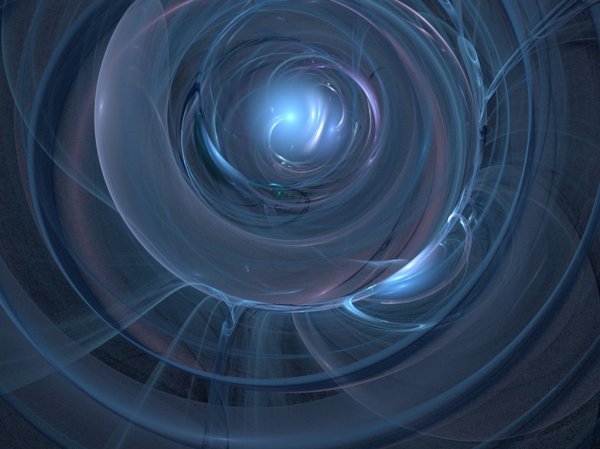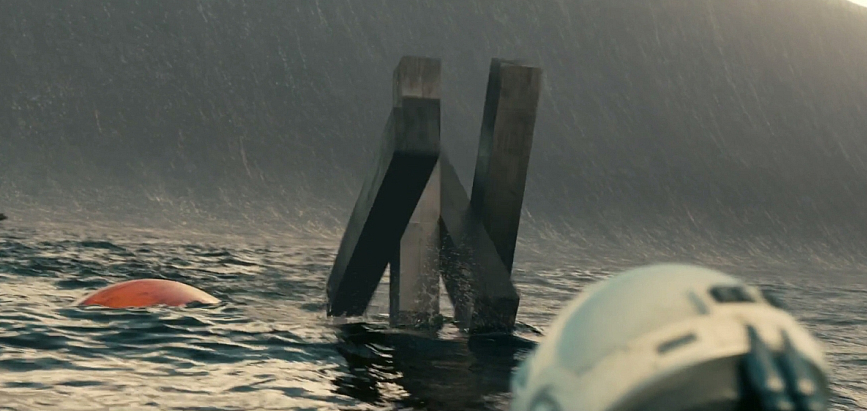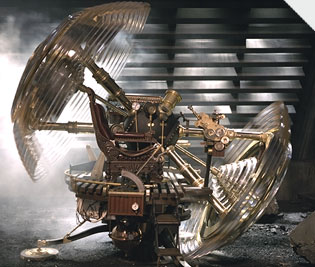There are certain movies that wreak such havoc with the laws of the universe as we know them that, despite the risk of irate readers who only want to enjoy the fantasy, and despite the fact that they may not care about accurate science (after all “we all know it’s just a movie), we have to deconstruct them anyway as a public service. Now Armageddon (along with The Core and The Day After Tomorrow) forms part of a “trifecta” of bad movie physics, and, although it’s not a new release, it epitomizes its genre.
The insidious thing is that each of these end-of-the-world action disaster movies starts with a more-or-less reasonable premise — in the case of Armageddon a large asteroid is on a collision course with Earth which is of course possible — and they then proceed to use a lot of realistic-sounding techno-jargon and a sufficient smattering of actual science to fool the unwary viewer into believing that some of the scenarios actually have some connection to reality. Let’s take this short scene as a representative example. We’ll focus on its “spin” on how to create artificial gravity aboard a space station.
(We won’t dwell for now on the why the shuttle’s thrusters are engaged as they dock with the space station. It’s of course a common misconception that a force is required for an object to stay in motion, when in fact, according to Newton’s first and second laws, a net force will cause an object to accelerate in the direction of the force. They should really shut down the thrusters unless they want to smash into the station. Of course the movie adheres admirably to the “thrusters need to be on to maintain motion” scam throughout the movie. Also notice how noisy those thrusters are in the vacuum of space — the usual stuff!)
But it seems that they may be on to something realistic with the rotating space station. It’s true that by rotating a space station you really could create artificial gravity. In order to move into a circular path, a “centripetal force” is necessary to push you into the circle. According to Newton’s first law, an object will remain in motion at a constant speed in a straight line in the absence of an external net force. To change that constant-velocity motion, a force is required. To move in a circular path, the force must always be perpendicular to the motion. For example, it is the force of gravity acting as a centripetal force that pulls an orbiting satellite into its circular path.
In the case of a rotating space station, if you stand on the inside of the rotating cylinder, your inertia causes your feet to push into the floor. It is the floor pushing back on your feet that gives the sensation of weight. The centripetal acceleration of a rotating object is given by a = v2/r, where v is the speed of rotation, and r is the distance from the object to the center of the circle of rotation. To create artificial gravity, all you need to do is adjust the rotation rate of your space station so that a = g (the acceleration due to gravity on Earth). It would feel just like you were on terra firma. So far, so good.
Did Armageddon get this one right then? Unfortunately, not really. The problem with the scene is that the radius of the cylinder is way too small. To make artificial gravity work, the space station has to have a radius much larger than the length of a person. Because the acceleration rate depends on distance from the center of rotation, if the circle is too small then the centripetal acceleration of your feet could be significantly different than that at your head. This could be very uncomfortable. In fact, in the scene, it looks like the radius is actually less than the length of a person. This would mean that while your feet may experience an acceleration of g, your chest would be essentially weightless, and your head would have an acceleration in the opposite direction to your feet. You’d feel like you were being pulled apart violently. When the shuttle pilot says they might get nauseous, he isn’t kidding!
In fact, just about every scene in Armageddon ranges from scientifically inaccurate to physically absurd. Look for the “highlights” yourself.
Adam Weiner is the author of Don’t Try This at Home! The Physics of Hollywood Movies.






